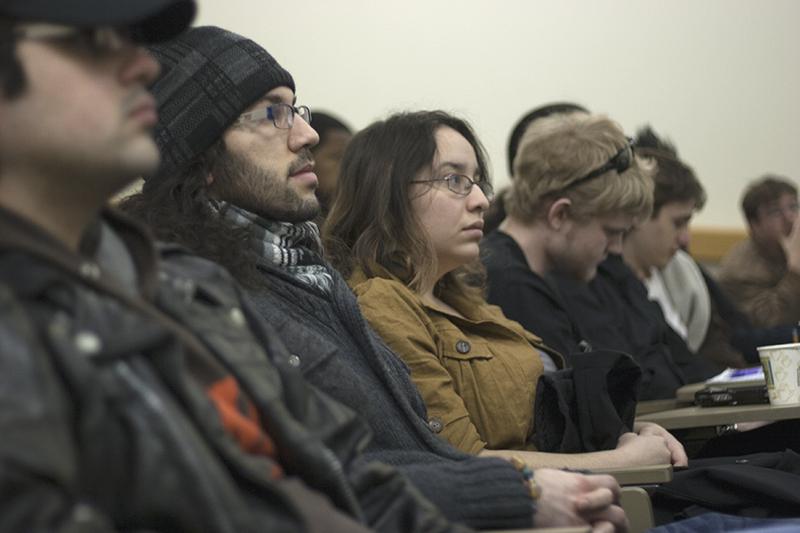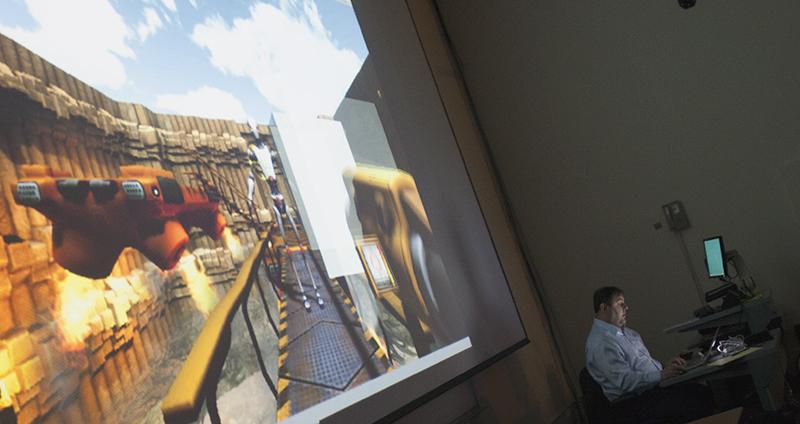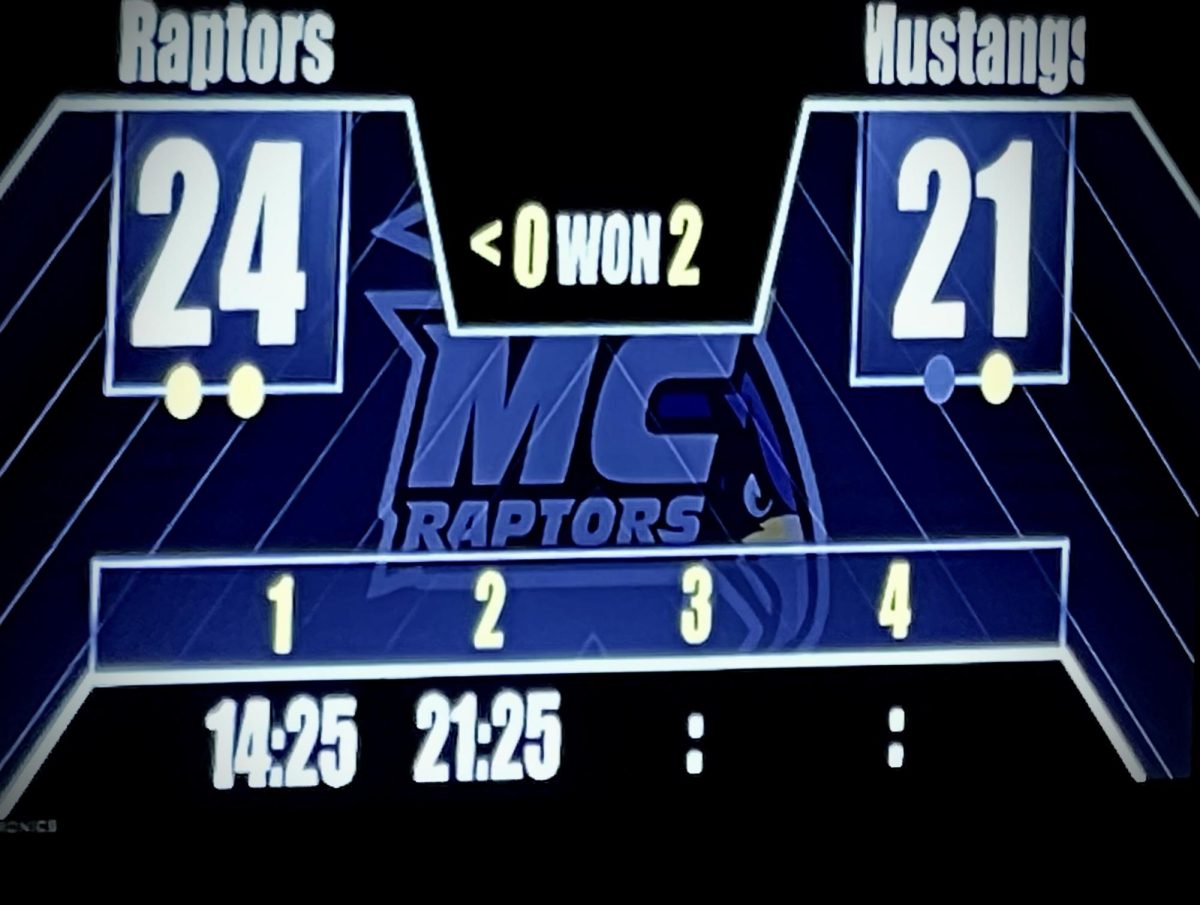You wouldn’t know from looking at it, but on Saturday Feb. 23, the Rockville campus Technical Center played host to roughly 250 teddy bears and robots performing various acts of parkour. No, MC wasn’t visited by some rogue Cirque du Soleil troupe. On that sleepy, rainy Saturday morning, Unity Technologies’ representative Carl Callewaert demonstrated the powerful, teddy bear-filled capabilities of the Unity Game Engine for a group of roughly 20 MC students and faculty.
The presentation began with a quick rundown of Unity’s background and features, followed by a comprehensive demonstration of the engine in action, which culminated with Callewaert filling a giant lot with hundreds of bears and robots to show off the engine’s animation capabilities. Even with no experience coding games, students found Unity fairly easy to pick up. “I wanted to see what [Unity] had to offer,” Harry Kim, a Computer Science major, said. “I actually have a couple designs that I’ve been working on for a couple years [sic], but I don’t have any clue about coding.”
“I had a couple friends [sic] that told me about [the presentation], and we’re actually planning on trying to create a game together,” Hiroshi Butler, a digital simulation student, said. “I’ve done a couple tutorials online, and from what I’ve done so far, Unity is actually really easy to use. I was actually surprised at how intuitive it is.”
Whether you realize it or not, you’ve probably played a video game powered by the Unity Engine. Popular iOS titles like Temple Run, Bad Piggies, and The Room use Unity, with over 1.5 million people using it overall. Even the U.S. Army and medical institutions use Unity. “More interactive content is made on Unity than any other engine,” Unity Partner Manager Michael Edmonds said.
Originating from an OS X game development tool in 2005, Unity is a set of creative tools used to create games. “[Unity] is a software that enables people and large companies to import their artwork in it, or get artwork from our store and build [games] for different platforms,” Callewaert, a 10-year veteran in game development and animation, said. “[Developers] can monetize easily from games on different platforms such as iOS, Android, Mac, PC, Linux, Xbox, Playstation 3, and the Wii U.”
Montgomery College’s Computer Gaming and Simulation program doesn’t currently use Unity in its coursework, but for several professors, Saturday’s presentation served as a possible precursor for what’s to come in the program’s future. “I’ve been thinking about [adding Unity] for CA195 (level design). Right now we’re using Unreal Developer’s Kit, and I’m thinking that we will probably add Unity,” Professor Deborah Solomon said. “With Unity, some of the building seems easier because it’s more drag-and-drop, but the gameplay functionality, to me, seems a little bit harder.”
“It was entertaining, informative, and very relevant to what’s going on in the industry today,” Professor Michael Cantwell said. “We plan to do more collaborative efforts with Unity and Carl [Callewaert].”
The game development department plans to have Callewaert back later this year for a more hands-on workshop. For more information on Unity, check out their website here. And to learn more about Montgomery College’s Computer Gaming and Simulation program, check their site here.









